It’s tough to argue with Volodymyr Zelensky’s pledge — after seeing what he’s done with roughly 0% of NATO’s arsenal. As the war in Ukraine goes into its second month, he’s stalled out the massive Russian invasion on multiple fronts and appears to be regaining the initiative around Kyiv. This morning’s attack on Berdyansk and Russia supply lines on the Sea of Azov opens up an opportunity for counteroffensives in the south, too.
Thus far NATO has supplied Ukraine with some lethal weapons systems, but not much in the way of heavy materiel. Zelensky pleaded for more assistance in an address to NATO today, warning the alliance that Russia does not plan to stop at Ukraine’s western borders:
Ukrainian President Volodymyr Zelenskyy has urged NATO to supply it with weaponry and tanks as the Russian invasion in Ukraine entered its second month.
Addressing NATO leaders in Brussels via a video link on Thursday, he said, “Ukraine does not have powerful air defense system, we have far less aviation than Russians do.” He said that Ukraine has been asking NATO for military planes and tanks for weeks and only needed “one percent” of NATO’s arsenal.
“I ask you to reassess your positions and think about security in Europe and in the whole world. You can give us just one percent of all of your airplanes, just one percent of your tanks,” he said.
Zelensky stopped asking for a no-fly zone, however, having finally gotten the message that we wouldn’t escalate the conflict:
Zelensky did not ask for a no-fly zone, a demand he has repeatedly made to NATO countries since the beginning of the war.
Even the 1% is no small ask, especially when NATO has begun moving significant resources to its eastern frontiers. Zelensky’s warnings about Russia have not gone unheeded by the alliance, which plans to permanently expand its footprint along Russian lines. Longtime NATO holdouts Finland and Sweden have begun preliminary steps to join in the wake of the invasion of Ukraine, and positions in Finland would require a significant amount of heavy war equipment.
NATO also has new worries on its collective mind as Vladimir Putin grows more desperate:
The U.S. is working with NATO to prepare for possible biological or nuclear incidents by Russia as the world’s leading developed nations plan to warn President Vladimir Putin against deploying such weapons.
As Russia’s invasion remains stalled one month into the conflict, a senior U.S. official said Thursday that Washington is working with allies on preparation and deterrence postures over Russian weapons of mass destruction, as well as on potential medical and other countermeasures to help Ukraine. The official spoke as U.S. President Joe Biden met with NATO leaders in Brussels, one day after U.S. National Security Adviser Jake Sullivan downplayed the risks of a nuclear attack.
Group of Seven leaders plan to say that they will continue to impose “severe consequences” on Russia by fully implementing the sanctions that countries have already imposed and stand ready to apply additional measures. …
The U.S. warnings on chemical and nuclear incidents suggests growing concern that Putin will lash out with his military suffering heavy losses. Biden, speaking at the White House Wednesday, said there’s “a real threat” that Russia will use chemical weapons.
We might want to hoard our current inventory at the moment if those considerations are on the table. However, that wouldn’t necessarily be smart. The best way to end that threat as soon as possible would be for Ukraine to inflict a massive defeat on Russia and force them to withdraw at least to the lines of the status quo ante. Zelensky has the men and morale for those kinds of counteroffensives, but he’s lacking the materiel for it. A one-percent investment now might save us from a 100% investment in a few weeks if Putin’s still in position to launch attacks on the West.
The question would be whether such large arms transfers would give Putin a pretext to attack NATO and initiate a wider war. That question might be moot anyway as Putin comes under increasing pressure to justify his catastrophic invasion. He may need to cast this war as an existential defense of Mother Russia, which would force NATO into responses anyway:
Putin could ramp up the war in many ways – from a deliberate decision to widen the war against Nato, to an attack on allied territory from a stray missile, to using chemical or biological agents or even a nuclear weapon.
How should Nato respond to any of these scenarios? A deliberate attack on a member of Nato is unlikely because the allies have made clear they would defend “every inch” of Nato territory. An attack on Nato would mean war – and given the state of its armed forces, it would be a war Russia would be likely to lose.
The other forms of escalation would require a more calibrated response. The possibility of a missile hitting Nato territory was underscored when Russia attacked a target just miles from the Polish border. What if the missile had landed in Poland instead? Nato could counter such escalation by taking out the launcher or aircraft that sent the missile. Though risky, such a proportionate response would leave the onus to escalate further on Putin.
The use of chemical or biological agents would be a different story. US officials have repeatedly warned that false Russian accusations about Ukrainian chemical weapons and bioweapons labs may constitute a pretext for Moscow to use these weapons and blame Ukraine.
How Nato responds should depend on the circumstances. Russia could bomb an industrial chemical or biological research facility and blame the resulting damage on Ukraine. It has already targeted an ammonia storage facility. Other such attacks could cause hundreds or even thousands of casualties, depending on the location, weather, and other conditions.
Nato could not let such an escalation go unanswered. At the very least, it should take out the forces responsible for bombing the facilities with surgical strikes. The US, Europe, and other countries would also need to tighten economic sanctions – for example, banning imports of all Russian goods or denying all Russian banks access to the Swift banking system.
That gets hairy very quickly. With that context, one can see the value in a Lend-Lease program that puts 1% of our materiel in Zelensky’s hands before Putin gets a chance to escalate.
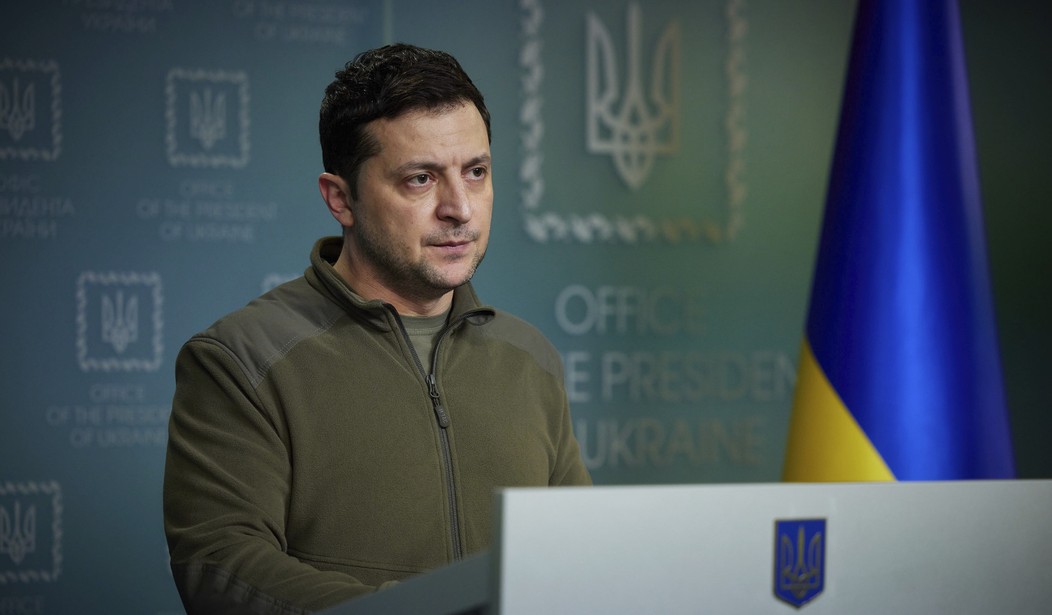
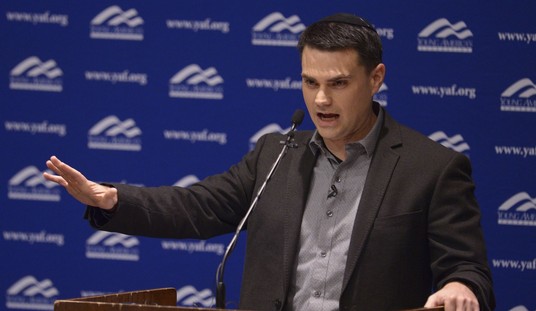


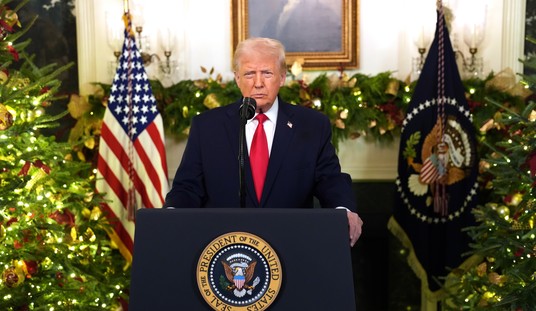
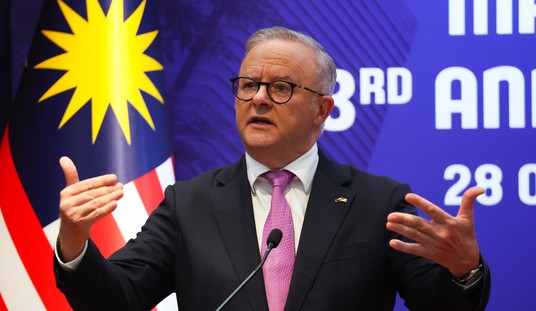
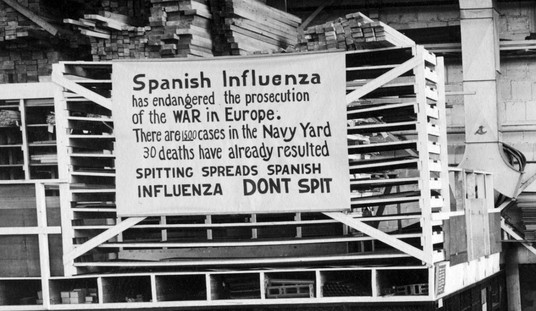

Join the conversation as a VIP Member